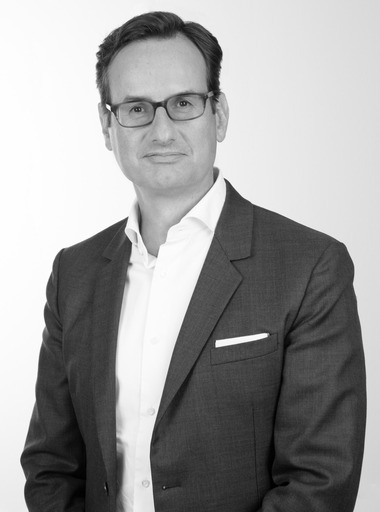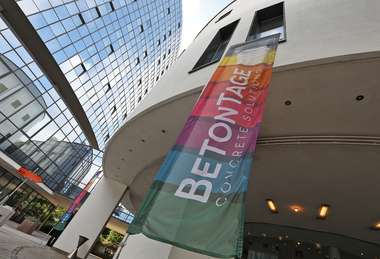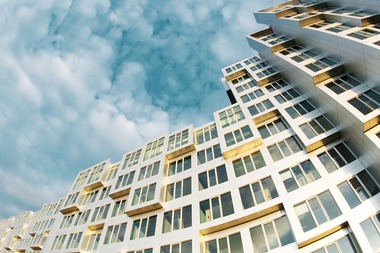The European Green Deal – Threat or opportunity?
On behalf of BIBM, the Federation of the European Precast Concrete Industry, I welcome all of you to the 64. BetonTage congress.
One thing is clear: Europe decided to take the lead in the fight against climate change at the global level, having identified “turning green” of the whole society as the strategic approach for the next 30 years to come. And this will have a huge impact not only on the construction and precast business, but also on the daily life of European citizens.
In her communication “The European Green Deal”, the President of the European Commission, Ursula von der Leyen, set the scene not only for her 5-year term of office, but also for the horizon until 2050. “It is a new growth strategy that aims to transform the EU into a fair and prosperous society, with a modern, resource-efficient and competitive economy where there are no net emissions of greenhouse gases in 2050 and where economic growth is decoupled from resource use,” one can read in the text.
At first glance, “no net emissions of greenhouse gases” could be seen as a big threat to the (precast) concrete sector, knowing that cement is responsible for 6% of man-made emissions on a global scale. At the same time, (precast) concrete uses a relatively high amount (in terms of mass) of locally sourced raw materials, i.e. aggregates and sand. The threat would be real, though, if our industry and its value chain, with cement on top, kept on doing business as usual.
If we, the stakeholders in the precast concrete value chain, are able to work together on a technically feasible and economically viable plan, we could at the same time wipe out the “grey industry” image and show all the benefits of building with concrete – not only from an environmental point of view, but also as providing societal benefits and contributing to the competitive economy sought in the Green Deal.
Because the Green Deal is not trying to phase out concrete. “Energy-intensive industries, such as steel, chemicals and cement, are indispensable to Europe’s economy,” is written in black and white in the Deal. Personally, I see four lines of work in the concrete value chain to achieve the strategic objectives set for 2050:
On the raw materials side, phase out 100% of the CO2 emitted by energy use and reduce as much as possible the process CO2 for cement to be further reduced with carbon capture and storage or reuse; reduce the impact on the use of resources from aggregates producers, including recycled and artificial aggregates with the same quality as natural ones, but with a far lower impact.
On the design side, it is possible to optimize much more effectively than today the use of concrete in structures by moving towards high-strength concrete and increasingly using digital tools and innovative concepts.
Manufacturing with circularity in mind, in the following order: long service life and durable products; easy maintenance and repair capabilities; easy disassembly for reuse or recycling.
Recognition by society, professionals and policy-makers of the benefits of using concrete: embedded energy efficiency linked to its thermal mass; CO2 absorption through recarbonation; adaptation to climate change; a healthy and safe living environment; adding value to the local economy.
We have a unique opportunity to shift from a reactive to a proactive approach to business, which would secure the future of the precast industry and its value chain. To seize this opportunity, however, we need to step outside our comfort zone and start designing and manufacturing in response to present and, even more importantly, future societal needs. I think that events such as the BetonTage or the upcoming BIBM Congress in Copenhagen from 6 to 8 May 2020 (//www.bibmcongress.eu" target="_blank" >www.bibmcongress.eu:www.bibmcongress.eu) provide the opportunity to explore the future and identify other realities with different approaches to the same issues.
Enjoy the 64. BetonTage congress and see you in Copenhagen!







